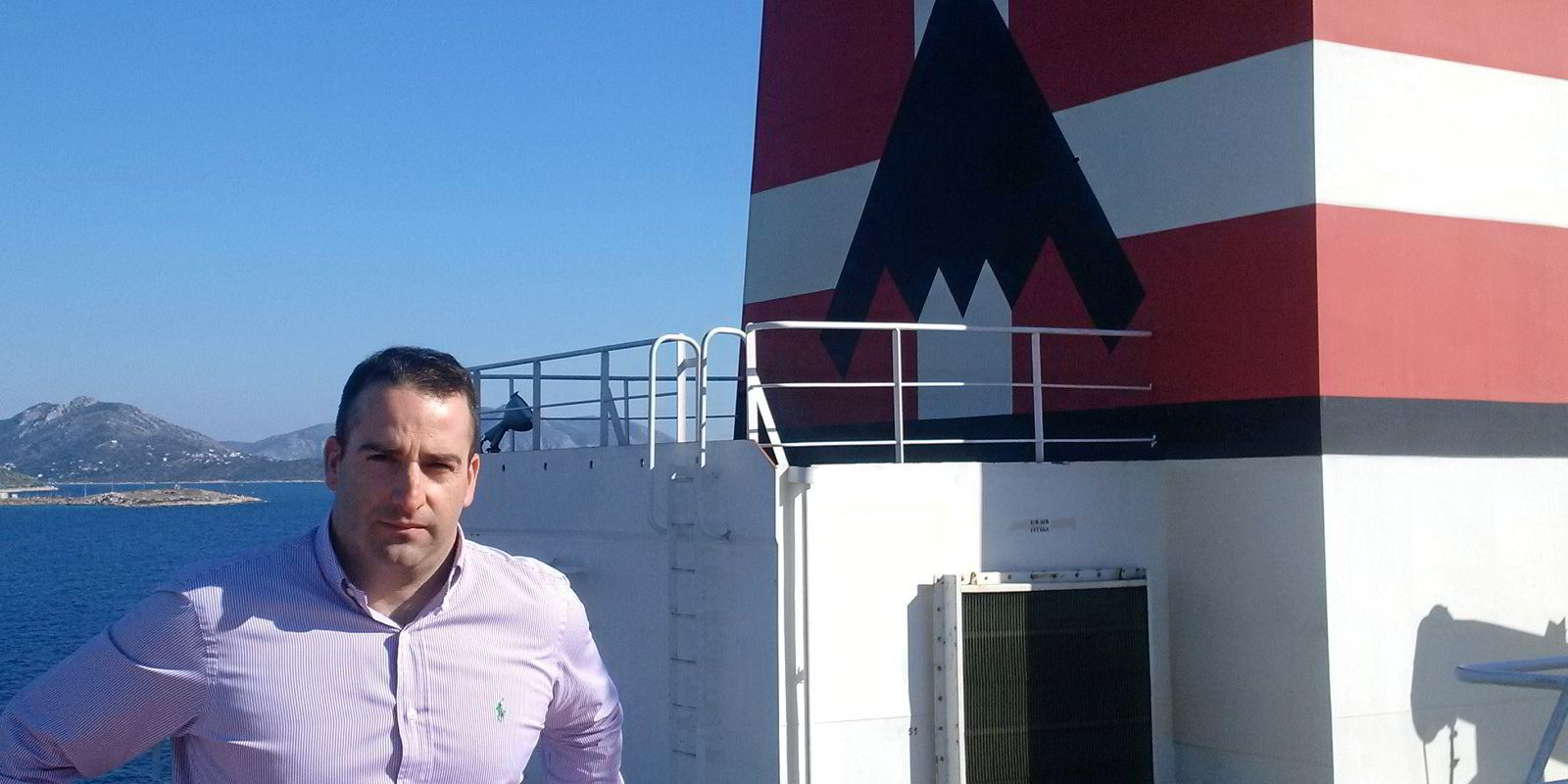A $1bn question? More like a $1trn question! As everybody in shipping knows today, there are a few different schools of thought. Some shipowners support ammonia, others methanol, and we cannot neglect the more ‘eccentric’ ones rooting for hydrogen or electricity.
This article is part of a series written by people across shipping in response to this question about how to deploy a hypothetical TradeWinds Sustainable Shipping Fund:
How, where and why would you invest $1bn for the best return in sustainable shipping, as the industry grapples with the need to cut carbon emissions, improve efficiency and keep cargoes moving in a world facing multiple economic and political challenges? The investment will be made now and ideally held for the next seven years to the end of the decade. As an added bonus, give one policy or regulation you would like to implement from 1 January 2023 to benefit shipping?
But can you invest $1bn on untested technology? How can you invest $1bn and, at the same time, trust the technology — and also be profitable?
There can be only one right answer ... And that is nuclear power. It is the only real tested technology, it is absolutely green and has already been extensively used on ships, especially in Russia.
There are many negative feelings against nuclear power but, at this point in time, there is nothing that can beat it. The technology has been used on ships since the 1970s and modern reactors are safer, smaller and with minimal residues these days.
Nuclear marine propulsion is the propulsion of a ship or submarine with heat provided by a nuclear reactor. The power plant heats water to produce steam for a turbine used to turn the ship’s propeller through a gearbox or through an electric generator and motor. Nuclear propulsion is used primarily within naval warships such as nuclear submarines and supercarriers. A small number of experimental civil nuclear ships have been built.
Compared with oil or coal-fuelled ships, nuclear propulsion offers the advantage of very long intervals of operation before refuelling.
All the fuel is contained within the nuclear reactor, so no cargo or supplies space is taken up by fuel, nor is space used up by exhaust stacks or combustion air intakes. However, the low fuel cost is offset by high operating costs and investment in infrastructure, so nearly all nuclear-powered vessels are military.
So, today, there is no question that this is the technology of choice despite the fact that public perception is negative. More education is needed on the matter as most people associate nuclear power with just nuclear bombs.




